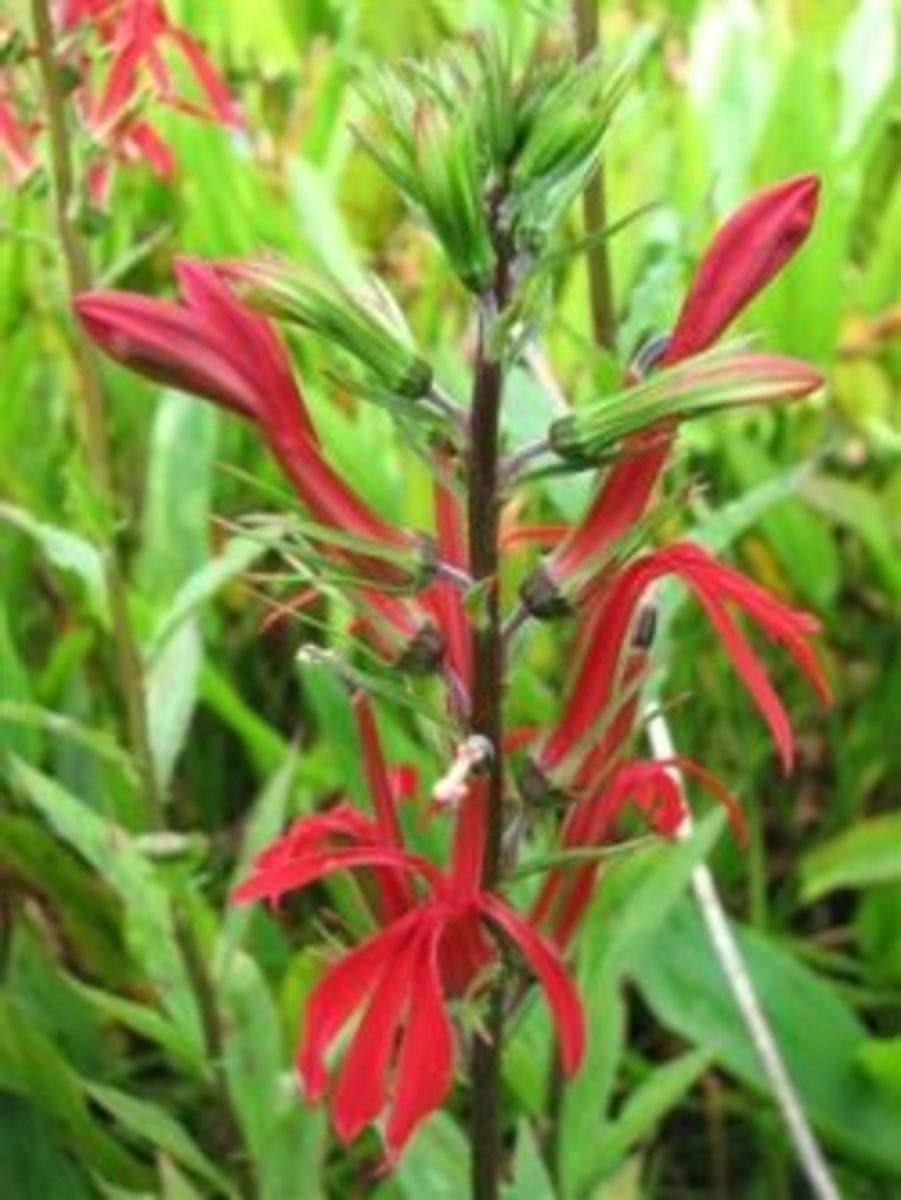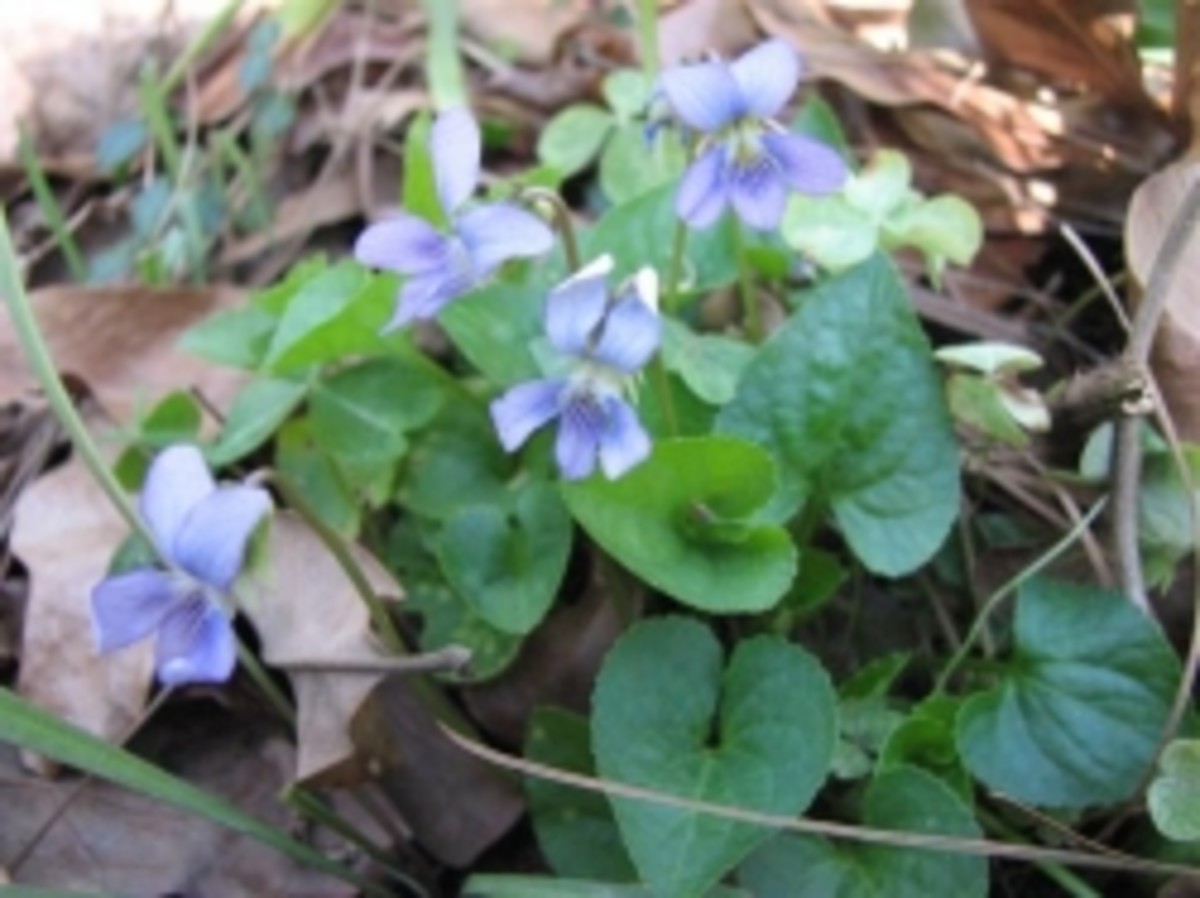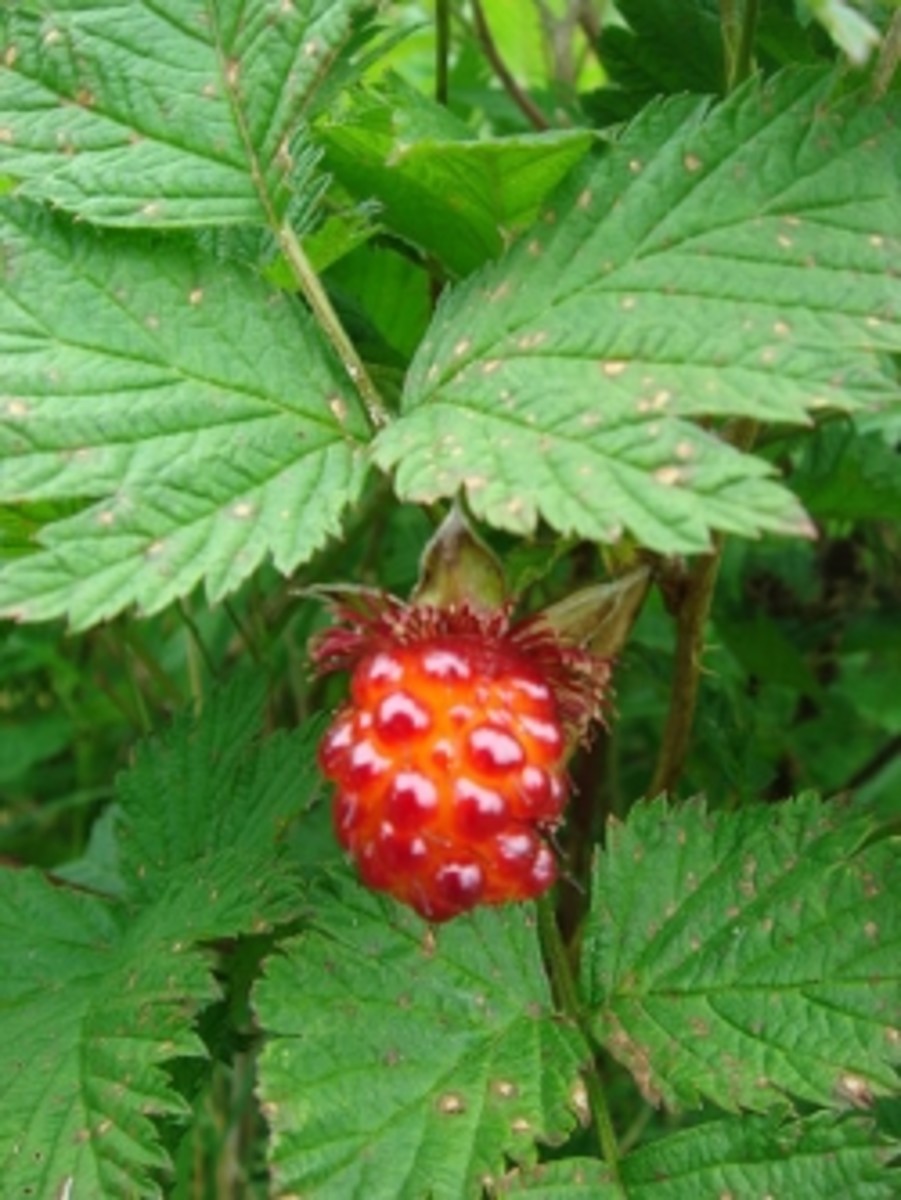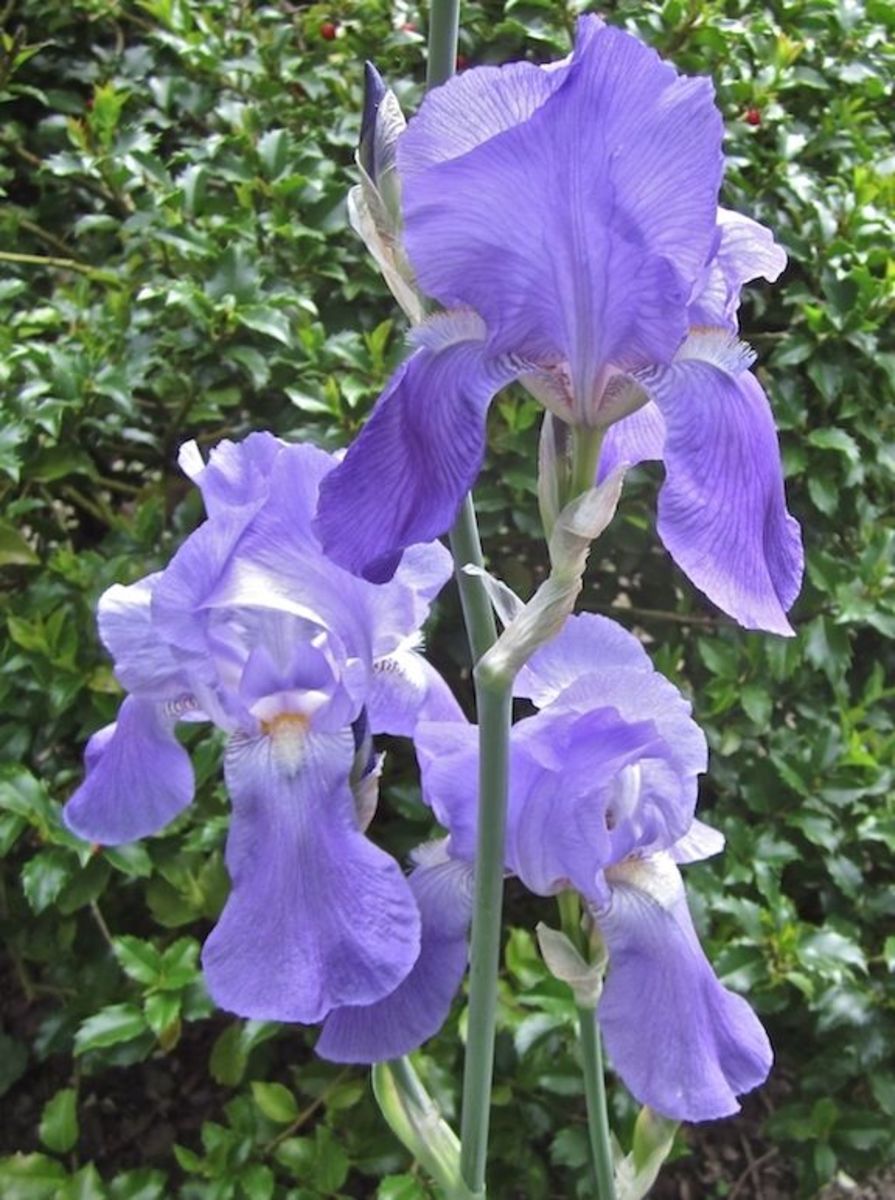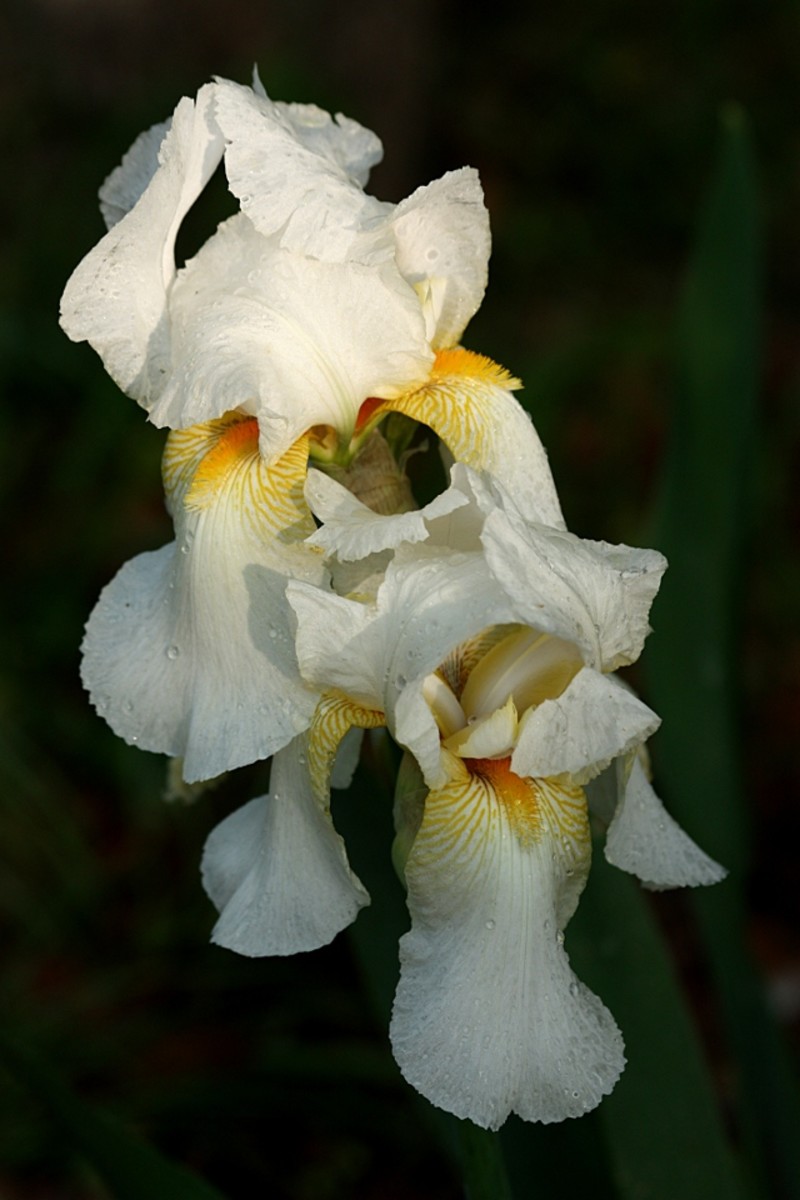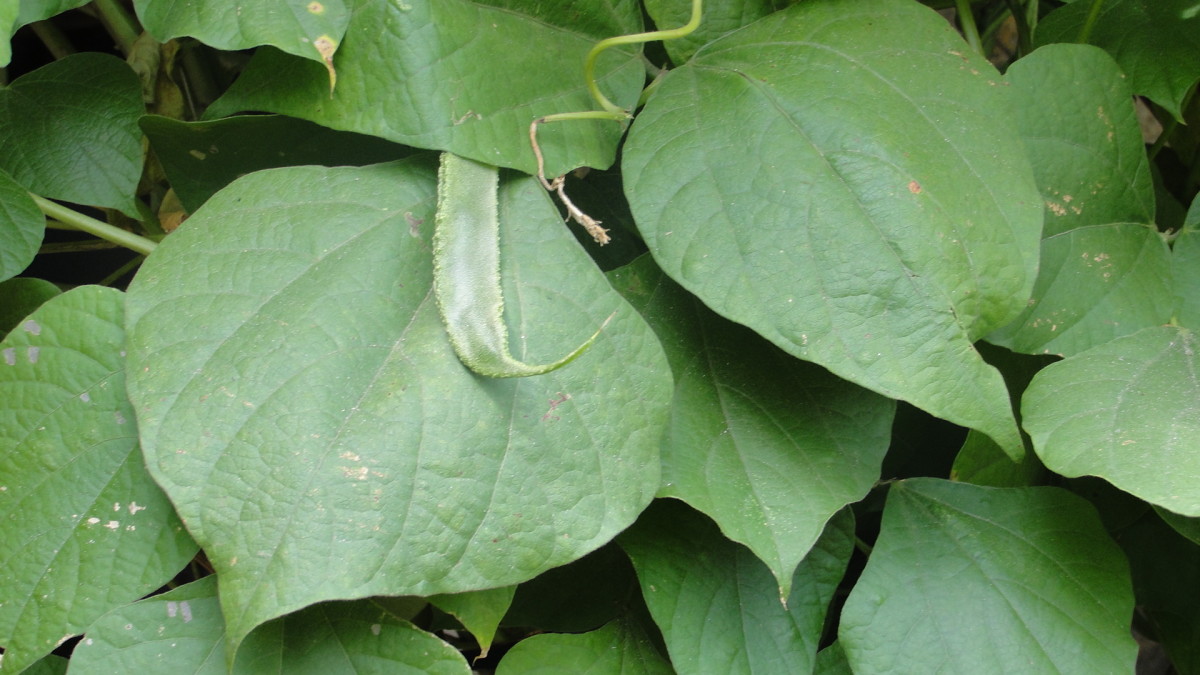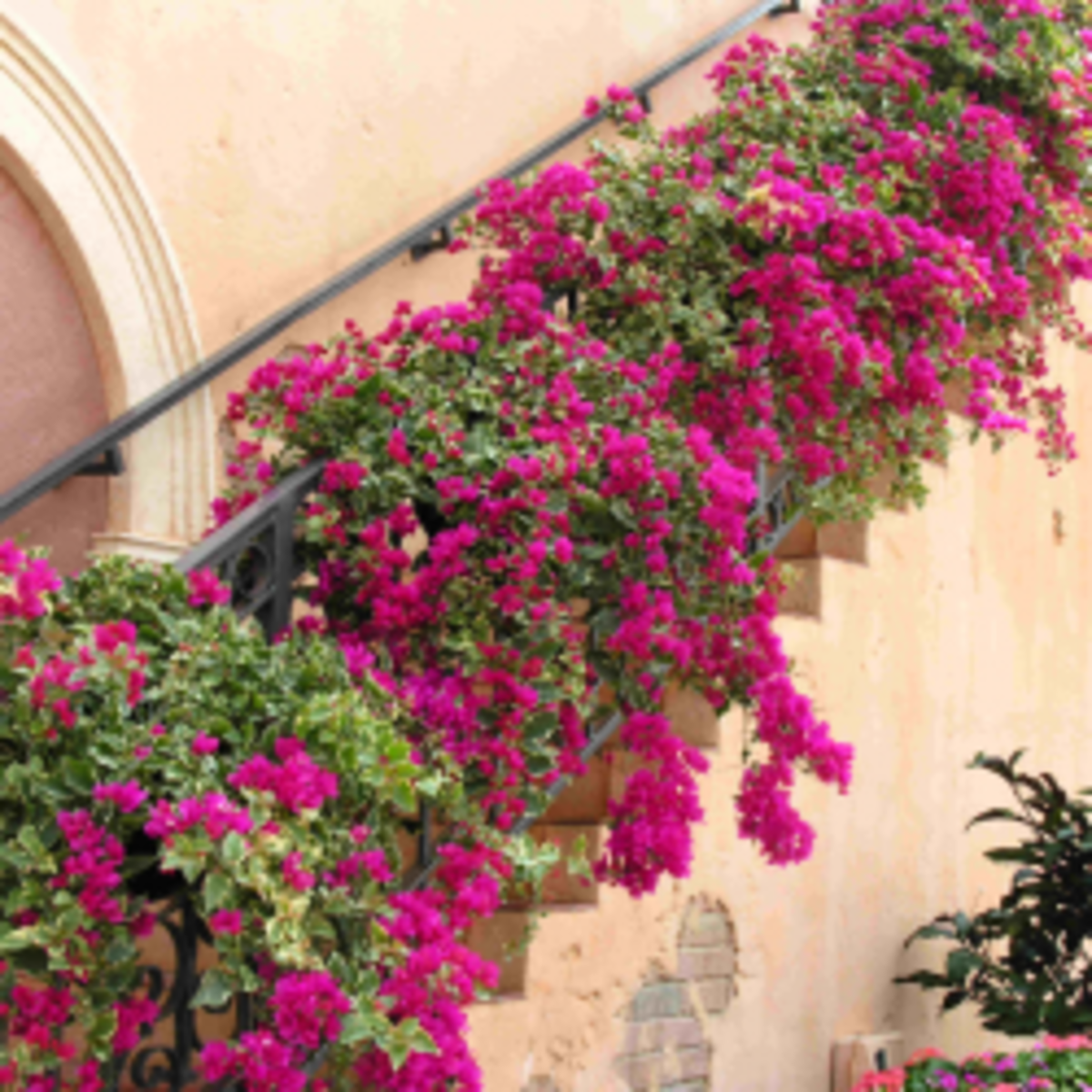Native Louisiana Irises
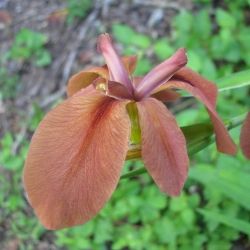
Lovely Native Flowers for the Green Landscape
Native Irises grow over the entire northern hemisphere, and there are a number of especially lovely species that are native to Louisiana and the other coastal southern states. While only 4 (some experts say 5) species make up what is known as "The Louisianas", because they do not cross with other groups or "series" of irises, there are several other groups of native Irises that deserve a place in your garden or around your pond. Native Irises are most carefree when used in a wetland area, but can also be grown in beds with other sun loving flowers. They are an excellent choice for a green friendly rain garden, too.
Native Irises are Beautiful, Hardy and Easy to Grow Additions to the Landscape.
Native Iris Species
Hummingbirds, Orioles and Butterflies use the flowers. Water birds eat the seeds
These species of Irises that are native to the coastal Southern United States are happy in wet areas or, if given enough moisture during dry periods, in flower beds. Irises grow from a rhisome and most have evergreen leaves. They grow in full sun to part shade and like moist soils. In the wild, native irises hybridize freely. The Louisiana Irises group includes both natural and many-made hybrids of the native varieties. Native irises are relatively pest free if grown in conditions which mimic their natural growing conditions.
Louisiana Iris Poll
Which is your favorite Louisiana Iris?
Louisiana Iris Species
The four (some experts say five) species that comprise the Louisiana iris group are given their own series name, the Hexagonae. The five species in the Louisiana Series, Hexagonae, that are currently recognized are: I. brevicaulis, I. fulva, I. hexagona, I. giganticaerulea and I. nelsonii.
Copper Iris, Iris fulva - A deep copper-red iris, that is used by hummingbirds. It grows naturally in areas that are seasonally flooded, but does well in a flower bed or a rain garden.
Copper Iris fulva Poster
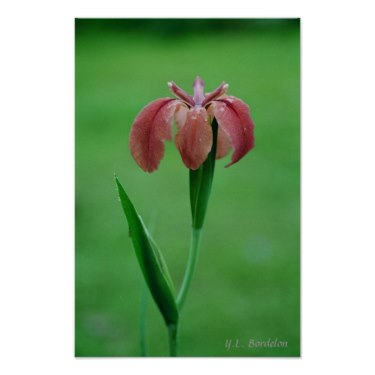
Mauve LA Iris Poster on Zazzle

Red-Violet LA Iris Print on Zazzle
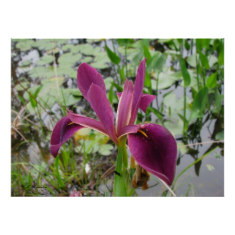
Native Red LA Iris poster and other art prints by naturegirl7 on Zazzle
Abbeville Red, Super fulva, I. nelsonii - Colors from coppery red, brown to deep purple. Flowers are larger than the normal I. fulva. Plants were discovered in the area around Abbeville, LA.
Buy Mauve Louisiana Iris & Red-Violet Louisiana Iris by naturegirl7 on Zazzle.com
Zig-Zag Iris, I. brevicaulis - Upland dwarf plants with bright blue flowers that prefer drier soil than most of the other native irises. It is the last of the native irises to bloom.
Zig-Zag Iris Print on Zazzle
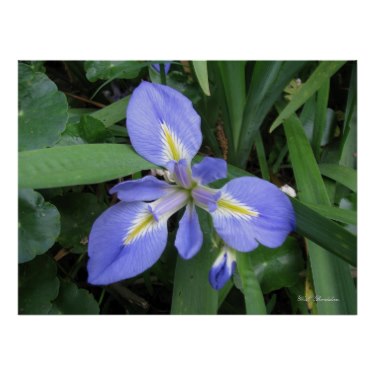
Big Blue Iris Print on Zazzle
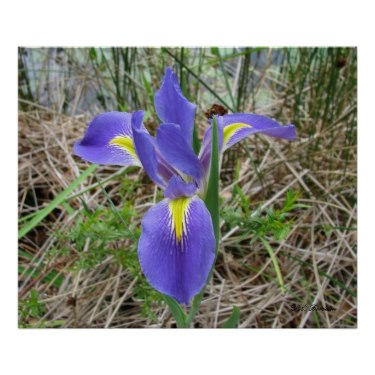
Buy Zig-Zag Iris print by naturegirl7 on Zazzle.com
Big Blue Iris, I. giganticaerulea - Giant blue iris of the swamps and marshes that can reach 6 feet in height. Great for water gardens, ponds, wetland areas and rain gardens. It blooms much earlier than I. hexagona.
I. giganticaerulea is the state wildflower of Louisiana.
Buy Big Blue Louisiana Iris by naturegirl7 on Zazzle.com
Angled-pod Blue-flag, I. hexagona - is a blue to lilac iris and was the first native iris to be named in a book titled Flora Caroliniana (1788) by Thomas Walter. Today, many experts feel that I. hexagona and I. giganticaerulea should be grouped as varieties of the same species. Some include it as one of the species of "Louisianas". I. hexagona is the shorter of the two and blooms later than I. giganticaerulea.
Angle-pod Blue Iris Print on Zazzle
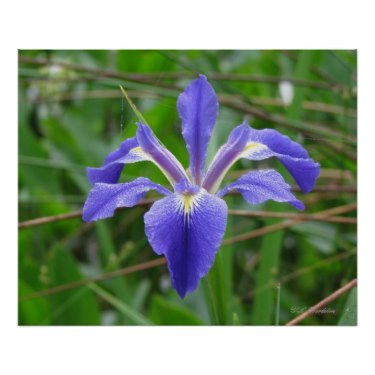
Angle-pod Blue Iris print and other photo designs by naturegirl7 on Zazzle.com
Louisiana Iris, Taming of the Wildflower
Another Beautiful Native Iris
Southern Blue Flag Iris, I. virginica - This lovely iris comes in colors from almost white to various shades of blue, including lavender or blue lines in the falls. The falls have a distinct yellow signal patch. (As described in Clair Brown's, Wildflowers of Louisiana and Adjoining States.) The seed pod of I. viginica is smooth and cigar shaped.
Blue Iris Print on Zazzle
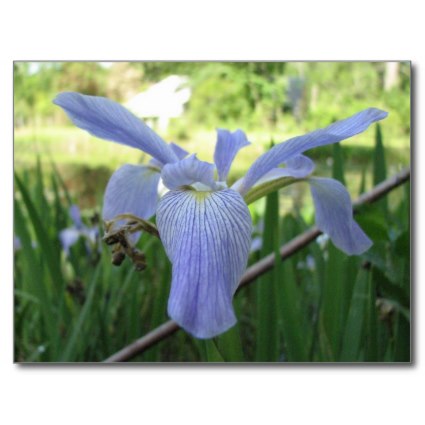
Wildlife Use
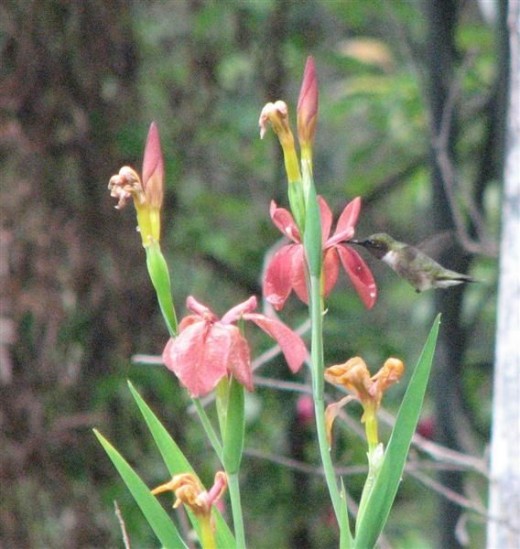
The red varieties and the big blue are used by local hummingbirds. Orioles will also drink the nectar from many of the native varieties, as will butterflies and other pollinators. As with most nectar plants, the native varieties provide more nectar. It seems that as flowers are hybridized to create larger and more showy flowers, the quantity and quality of nectar decreases.
The seeds mature in late summer and are eaten by some water birds, including Wood Ducks.
How to Grow Louisiana Irises
In their natural state most Louisiana Irises (except Zig Zag (I. brevicaulis) grow in wet areas. However, they also do well in flower beds as long as ample moisture is provided during dry periods. Rain gardens provide Irises with the natural flooding and drying conditions that are needed for good growth. Native Irises grow well all over North America as long as the right growing conditions are provided. Full sun to no more than 50% shade is required for the plants to bloom well. Irises need soil which is rich in humus. Soil conditions vary from acidic to slightly alkaline, so staying within the 6.5 to just over 7.2 range will produce healthy blooming plants.
Mulching is an important part of cultivating Louisiana Irises. It maintains soil moisture and keeps weeds under control, and it is especially essential in garden settings, because it will prevent the rhizomes which lie close to the surface, from experiencing "sunscald" during the heat of the summer. Sunscald will cause the roots to rot and die.
Copper Iris, Iris fulva print on Zazzle
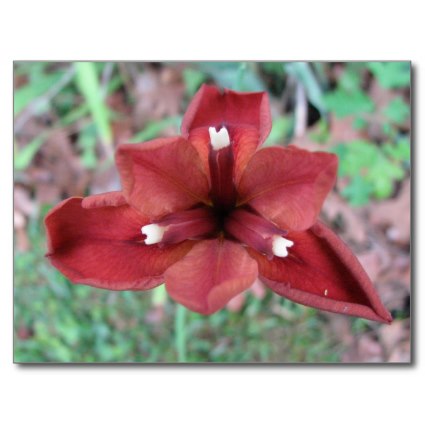
Copper Iris, Iris fulva by naturegirl7 on Zazzle.com
Propagation of LA Irises
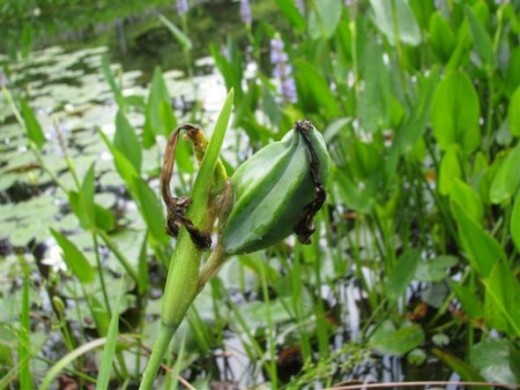
Irises grow from rhizomes and the easiest way to propagate native Irises is by division. They should be divided after they bloom, in late summer or early fall. Native irises can also be propagated by seed. This is how professionals produce new strains and how natural hybrids are created.
The key to getting a higher germination rate when propagating by seeds is to plant the seeds when the pod is still greenish yellow and the seeds are some what soft, moist and light yellowish tan. In south Louisiana this is in early to mid July. If you wait until the seeds mature completely when they are hard and dark brown, it may take a year for them to germinate, if at all. Plant the moist seeds in a good, rich soil in trays or large pots and keep them moist. We use 2-3 gallon pots and sit them around the edge of the pond so that they will sit in water when the pond is high. Within 3-4 months you should see sprouts and 25-40% of the plants should bloom by the second year. Be sure to label each group of seeds with the planting date, the color and/or type and where they were collected.
Save Our Native Plants Bumper Sticker

Save Native Plants Bumper Sticker by naturegirl7 on Zazzle.com
Pests and Diseases
When grown under the proper conditions, Louisiana and other native Irises are practically pest and disease free. In Louisiana, the most common problems are:
Leaf Spot or Rust
Leaf Miner
Cutworms in the early part of the growing season
Rot or Mustard Seed Fungas
Iris Borer in places where bearded Irises were grown
Snails and Slugs
Sunscald
For more information about how to deal with these problems, visit the LSUAgCenter site and download a copy of the booklet: Louisiana Iris.
Links to More Southern Wildflowers
- Bee Balm Monarda for the South
Native Monardas, members of the mint family, are both beautiful and useful. Here you'll find many photographs of bee balm, horsemint and Bergamot and also information about growing and using this herb - 15 Easy to Grow Southern Wildflowers
This page features 15 native perennial flowering plants complete with photographs of and information plus links to more about each. These beauties will thrive in the hot, humid South. - Indian Pink, Perennial Wildflower
Beautiful native Indian pink deserves a place in any garden. It attracts hummingbirds and other pollinators and is a joy to behold.
© 2009 Yvonne L B


